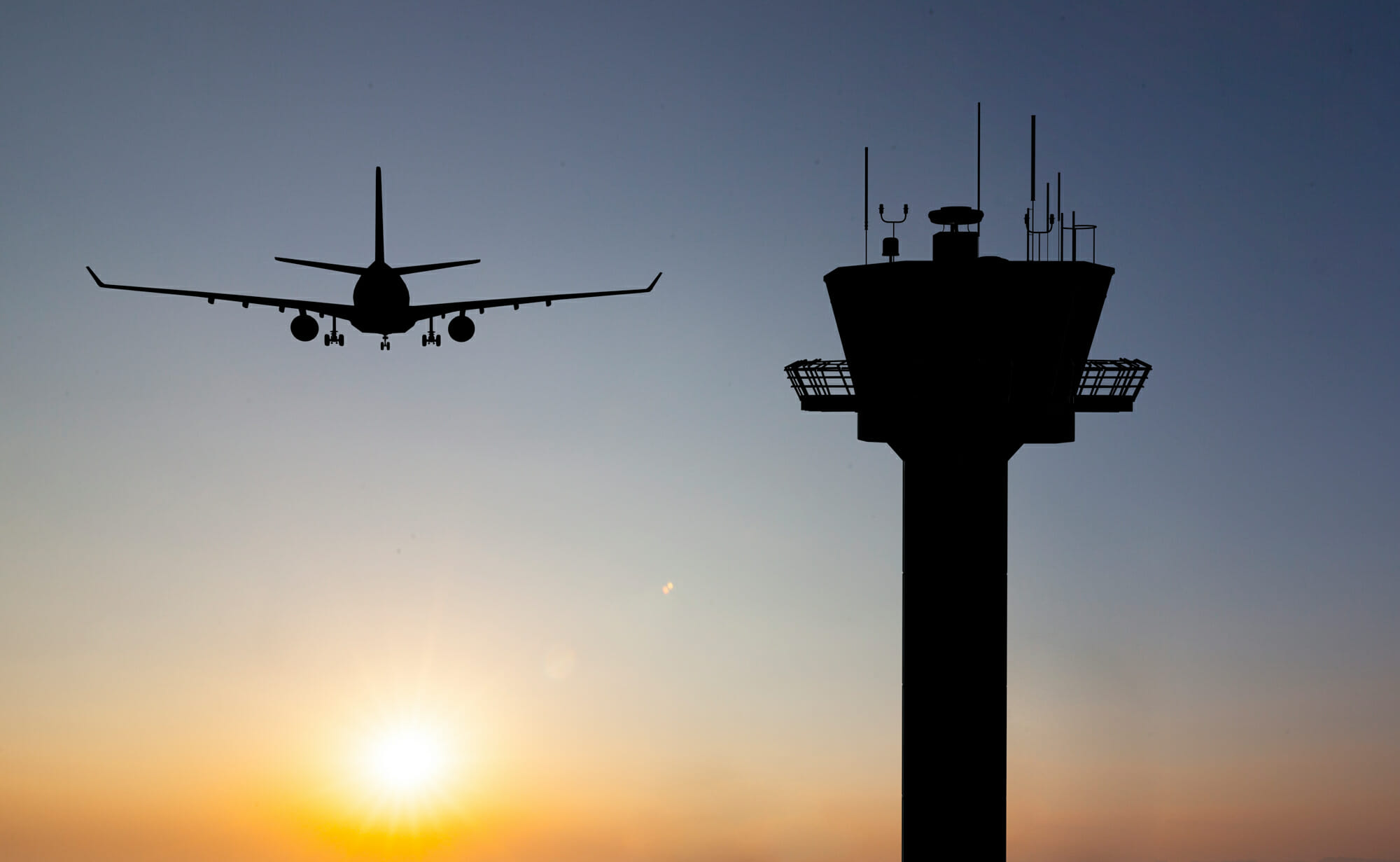Loss of communications under IFR can pose a challenge for many, as pilots heavily rely on air traffic control instructions while operating solely under instrument reference. Hence, it is imperative to follow a systematic checklist in compliance with federal regulations. Without a logical approach, the chances of deviating from the regulatory guidance increases, potentially leading to a pilot deviation – an undesired outcome.
Before solving a loss-of-communications scenario, it is important to follow the basic steps any pilot shall adopt when faced with a system or equipment malfunction – maintain positive aircraft control. Realizing the radios have failed shall prompt the execution of the corresponding checklist, in an effort to troubleshoot the malfunction. Verifying correct volume, headset connection integrity, as well as potentially utilizing a hand-held microphone and a “speaker” function, are all valid approaches. In the event the condition persists after troubleshooting and squawking 7600, the first question you should ask yourself is, “Am I under VFR or IFR conditions?” If you are lucky to find yourself in VMC (visual meteorological conditions), you must continue under visual conditions and land as soon as practical. If later during the flight, VFR conditions are encountered, the premise remains – continue VFR and land as soon as practical.

On the other hand, if you find yourself under IFR conditions, refer to the guidance established by 14 CFR 91.185. By doing so, both you and the air traffic controller will be on the same page, expecting a standardized procedure to be followed. The controller will then make the necessary arrangements with the corresponding ATC facilities to coordinate your arrival, while guaranteeing traffic separation.
To prevent incorrect actions, remember to clearly record both the “ATC filed route” and the “ATC IFR clearance” – which may differ significantly. In terms of runway selection at the destination airport, utilize sound aeronautical decision-making and planning. Select the most precise approach available (such as an ILS approach) to the longest runway available. Also, be sure to consider the wind conditions at the selected airport, which should have been reviewed prior to departure during the preflight planning. Just like with VFR loss of communications, light gun signals may be used by the tower upon landing. Exercise increased caution while taxiing, especially under low-visibility conditions, and utilize all onboard resources (including ADS-B ground traffic displays) to increase your situational awareness.
Losing communicating with ATC can be stressful, particularly for those who have recently received their instrument ratings. Under the instrument rating ACS, the examiner will provide a scenario simulating loss of communications during the practical test. The evaluator will further judge the applicant’s ability to follow current regulatory guidance. Under all circumstances, do not rush. Take your time to understand the material, organize your thoughts, and opt for the safest and most logical course of action.




















































































































